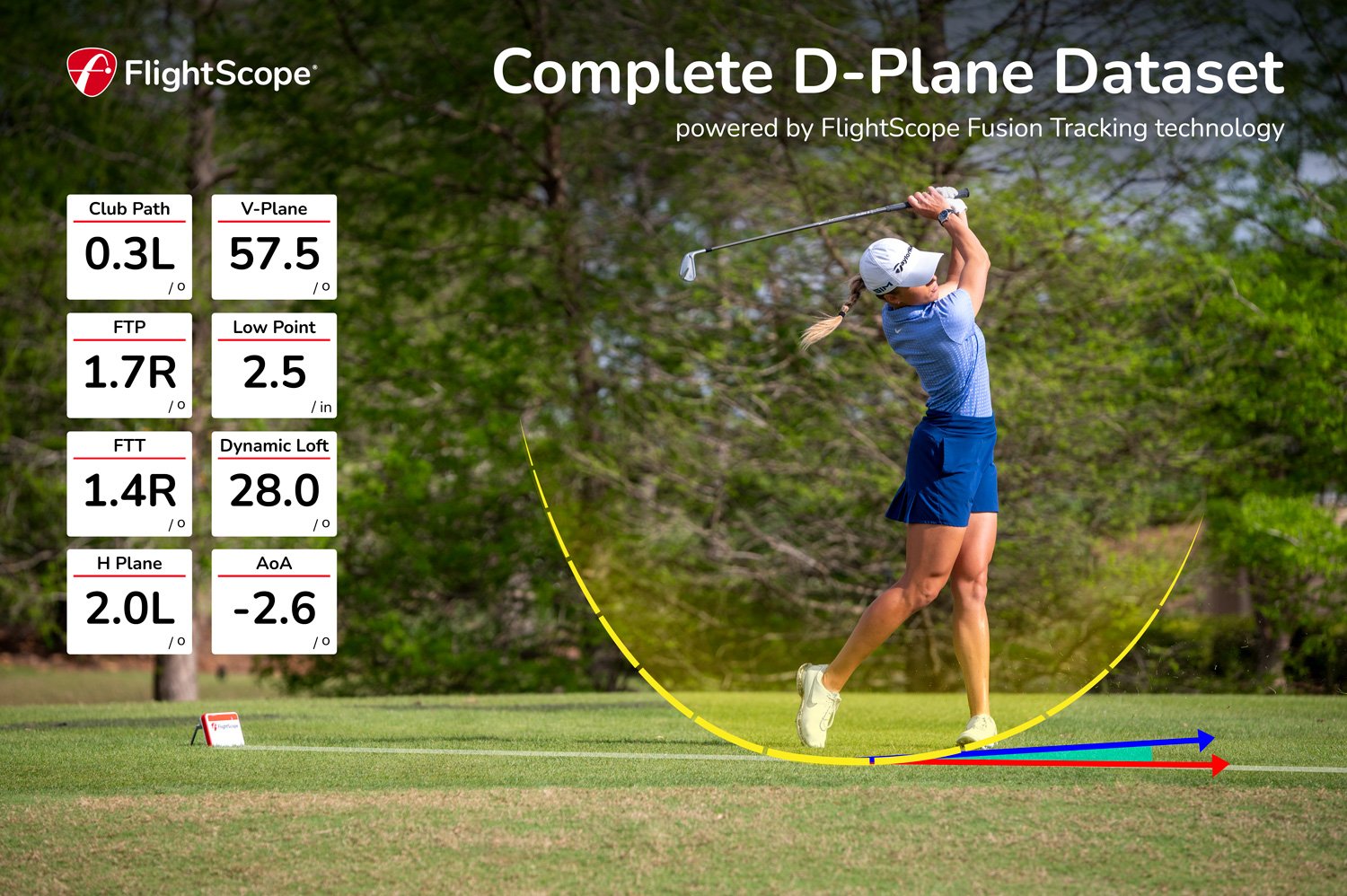One of the most overwhelming, but important, pieces of a golf simulator is understanding launch monitor data. You're provided with golf swing metrics, including ball data and club data. Let us help you understand that launch monitor data.

Each launch monitor reads a golf ball differently, and provides different information to the golfer.
Some launch monitors provide more basic data, while others have the ability to dive deeper and show more advanced golf swing metrics. It can be very confusing to people new to the golf sim world.
Think of the scene in the movie “The Hangover” where Alan is at the blackjack table counting cards.
Although Alan obviously knew what he was doing, sometimes even our brains feel that clustered when trying to interpret all the data from launch monitors.
Below, we’ll help simplify most of the key data that launch monitors provide.
Note: Each launch monitor does not offer all the data listed below. Check this launch monitor comparison guide to see which offers which data.
UNDERSTANDING BALL DATA FROM A LAUNCH MONITOR
Carry Distance: The distance traveled by the ball from when it is struck to when it first hits the ground.
Total Distance: The distance traveled by the ball from when it is struck to when it completely stops rolling/moving.
Roll Distance: The distance traveled by the ball from when it hits the ground to when it completely stops. Can be impacted by spin on the ball, but also other factors in real life such as soft ground, hills, etc.
Apex Height: The highest point of the ball’s flight path.
Flight Time: The length of time the ball is in the air from club impact to landing.
Ball Speed: How fast the ball is traveling as soon as it leaves the club face.
Back Spin: How fast the ball is rotating from front to back after leaving the club face.
Side Spin: How fast the ball is rotating from side to side, or horizontally, after leaving the club face.
Spin Rate: The overall measure of ball rotation.
Spin Axis: Combines the back and side spin to show if your ball would be going left, a negative reading, or right, a positive reading.
Spin Loft: The difference between angle of attack and dynamic loft. The higher the spin loft, the more the spin and less the distance. Less spin loft adds more distance to maximize driving distance.
Vertical Launch Angle: The angle of the ball after being struck in relation to the slope of the ground.
Horizontal Launch Angle: The angle of the ball after being struck in relation to a straight line point, or your aiming point.
Lateral Landing: The distance between where the ball lands and your target line.
Angle of Descent: The angle at which the golf ball comes down to the ground. The higher, the softer the landing.
UNDERSTANDING CLUB DATA FROM A LAUNCH MONITOR
Club Head Speed: The speed of the golf club head just before striking the golf ball.
Club Path: The direction the club is moving as it strikes the golf ball.
Club Face Angle: The angle of the club face as it strikes the golf ball.
Dynamic Loft: The vertical angle of the club face as it strikes the golf ball.
Club Loft Angle: The vertical angle of the club face as the club rests on the ground.
Club Lie Angle: The horizontal angle of the bottom of your club as it strikes the golf ball.
Impact Point (Vertical and Horizontal): Where the golf ball impacts the club face. Ideally, the center of the club face.
Angle of Attack: The angle of which your club face is traveling as it approaches and strikes the ball.
Smash Factor: Calculated by dividing the ball speed by club speed to show how the speed of the club is transferred into the speed of the ball. The higher, the better.
Read On - Here's what we consider the most important golf launch monitor data.


